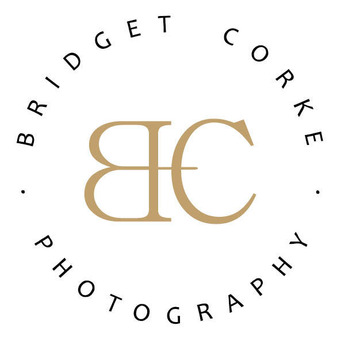When working with a single studio light, there are several classic lighting styles you can use to create different effects and moods in your photography. Here are some of the most popular single-studio lighting styles:
Rembrandt Lighting
Named after the Dutch painter Rembrandt, this style creates a distinctive triangle of light on the cheek opposite the light source. It's achieved by placing the light at about a 45-degree angle to the subject and slightly above eye level. This style adds depth and dimension to the face, producing a dramatic effect.
Butterfly Lighting (Paramount Lighting)
Named for the butterfly-shaped shadow it creates under the nose, butterfly lighting is achieved by placing the light directly in front of and above the subject. Often, a beauty dish or a reflector is used to soften shadows. This style is popular for beauty and glamour shots, highlighting facial features.
Split Lighting
Split lighting illuminates half of the face while leaving the other half in shadow. The light is positioned at a 90-degree angle to the subject. This style creates a dramatic and intense look, often used for artistic or moody portraits.
Broad Lighting
In broad lighting, the side of the face turned towards the camera is the more illuminated side. The light is positioned to the same side as the subject’s face is turned. This style is useful for making faces appear wider and is often used for subjects with narrow faces.
Short Lighting
Short lighting is the opposite of broad lighting, where the side of the face turned away from the camera is illuminated. The light is positioned to the opposite side of where the subject’s face is turned. This style creates a slimming effect and adds depth to the face.
Clamshell Lighting
This style uses a main light above and a reflector or secondary light below the subject’s face. While traditionally done with two lights, it can be approximated with a single light and a reflector. It creates even, soft light with minimal shadows, often used for beauty photography.
Rim Lighting
Rim lighting places the light behind the subject, creating a rim around its edges, separating them from the background. This technique is great for adding drama and emphasizing the subject's outline.
Tips for Using Single Studio Lighting:
- Modifiers: Use diffusers, softboxes, or umbrellas to soften the light and control shadows.
- Reflectors: Use reflectors to fill in shadows and balance the light.
- Positioning: Experiment with the distance and angle of the light to the subject to see how it affects the shadows and highlights.
- Background: Consider the background and how the light interacts with it. A plain background often works best for studio portraits.
By mastering these single studio lighting styles, you can create various looks and moods with just one light source, enhancing the impact of your photographs.
